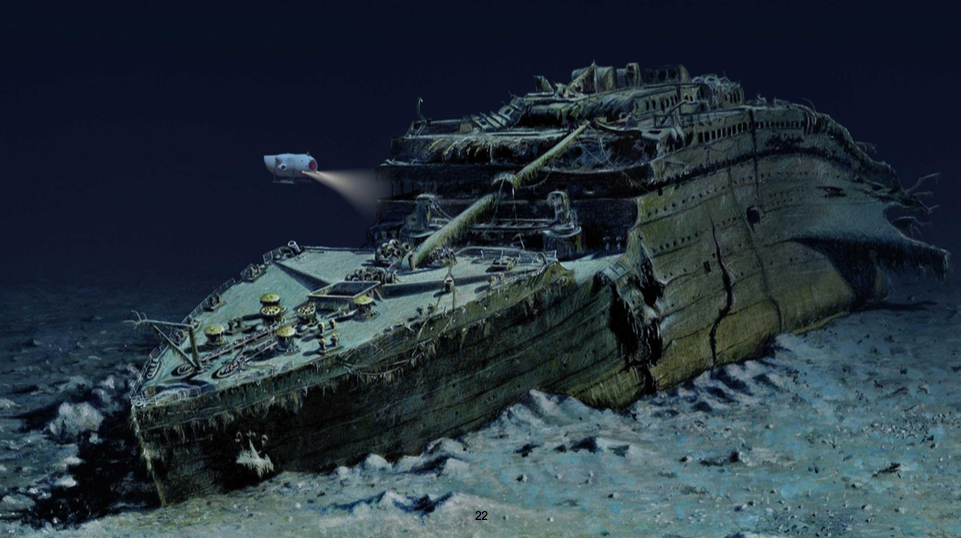US Navy funded search for Titanic shipwreck as cover for Cold War mission, oceanographer claims
It was a win-win for the US Navy and for the man who wanted to find an old luxury ship

Your support helps us to tell the story
From reproductive rights to climate change to Big Tech, The Independent is on the ground when the story is developing. Whether it's investigating the financials of Elon Musk's pro-Trump PAC or producing our latest documentary, 'The A Word', which shines a light on the American women fighting for reproductive rights, we know how important it is to parse out the facts from the messaging.
At such a critical moment in US history, we need reporters on the ground. Your donation allows us to keep sending journalists to speak to both sides of the story.
The Independent is trusted by Americans across the entire political spectrum. And unlike many other quality news outlets, we choose not to lock Americans out of our reporting and analysis with paywalls. We believe quality journalism should be available to everyone, paid for by those who can afford it.
Your support makes all the difference.The quest to find the Titanic shipwreck was actually part of a secret naval mission, a new exhibition at the National Geographic museum explains.
The Navy agreed to fund the mission to find the shipwreck, but only if the mission also sought two nuclear submarines that had been sunk in the same area.
Naval Reserve commanding officer Robert Ballard had been on several top-secret missions from the Navy, and in 1985, he asked if he could use Navy funding to find the Titanic, National Geographic reports.
The ship had been resting on the ocean floor for 73 years, and the Navy had little interest in finding it. However, the Navy did want to find two sunken submarines, the Thresher and the Scorpion. So, they struck a deal.
Dr Ballard had tried and failed to get science research grants to find the vessel, so instead, he turned to Deputy Chief of Naval Operations Ronald Thunman, CBS reports.
Mr Thunman said that Dr Ballard could have the research money to fund an expedition, including the use of a Remotely Operated Vehicle, or ROV.
The wrecks are located too deeply underwater for a human diver to explore them, so instead, they needed to use a machine that could travel underwater and take footage.
The only caveat was that Dr Ballard would also need to find the Scorpion and the Thresher on the same trip.
Dr Ballard was successful in finding all three vessels. However, he needed to keep the search for submarines secret until 2008. This quest took place during the cold war, and the Navy did not want anyone to know that they were searching for the submarines--especially not the Russians. So, for years, the quest was touted to the media as simply a quest for a luxury cruise ship.
Join our commenting forum
Join thought-provoking conversations, follow other Independent readers and see their replies
Comments